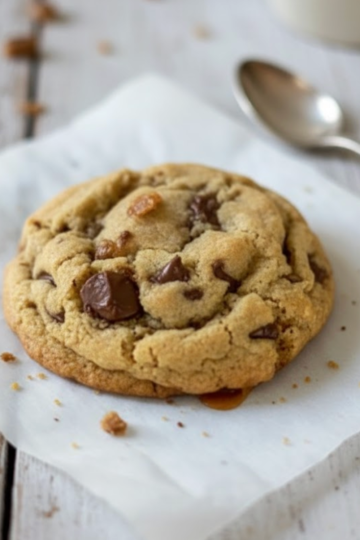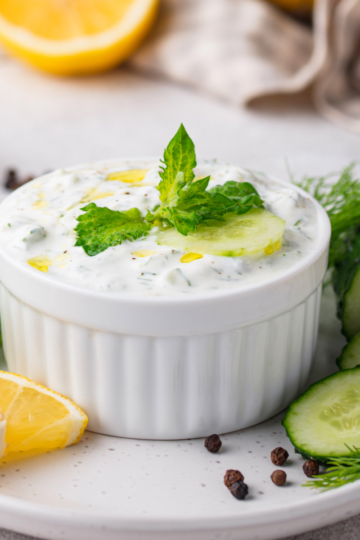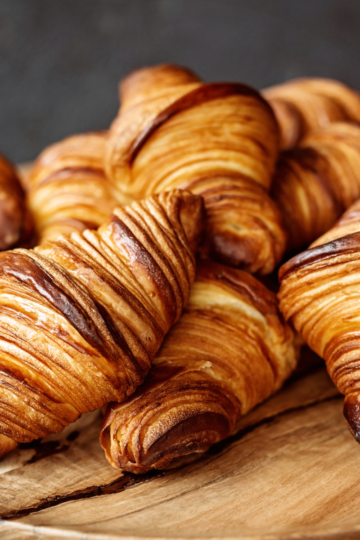There’s something irresistible about a charcuterie board. It’s more than just food on a tray—it’s a feast for the eyes, a conversation starter, and a way to bring people together around something beautiful and delicious. Whether you’re planning a cozy night in, hosting friends for the holidays, or just want an elevated snack situation for a movie night, a charcuterie board is the perfect solution.
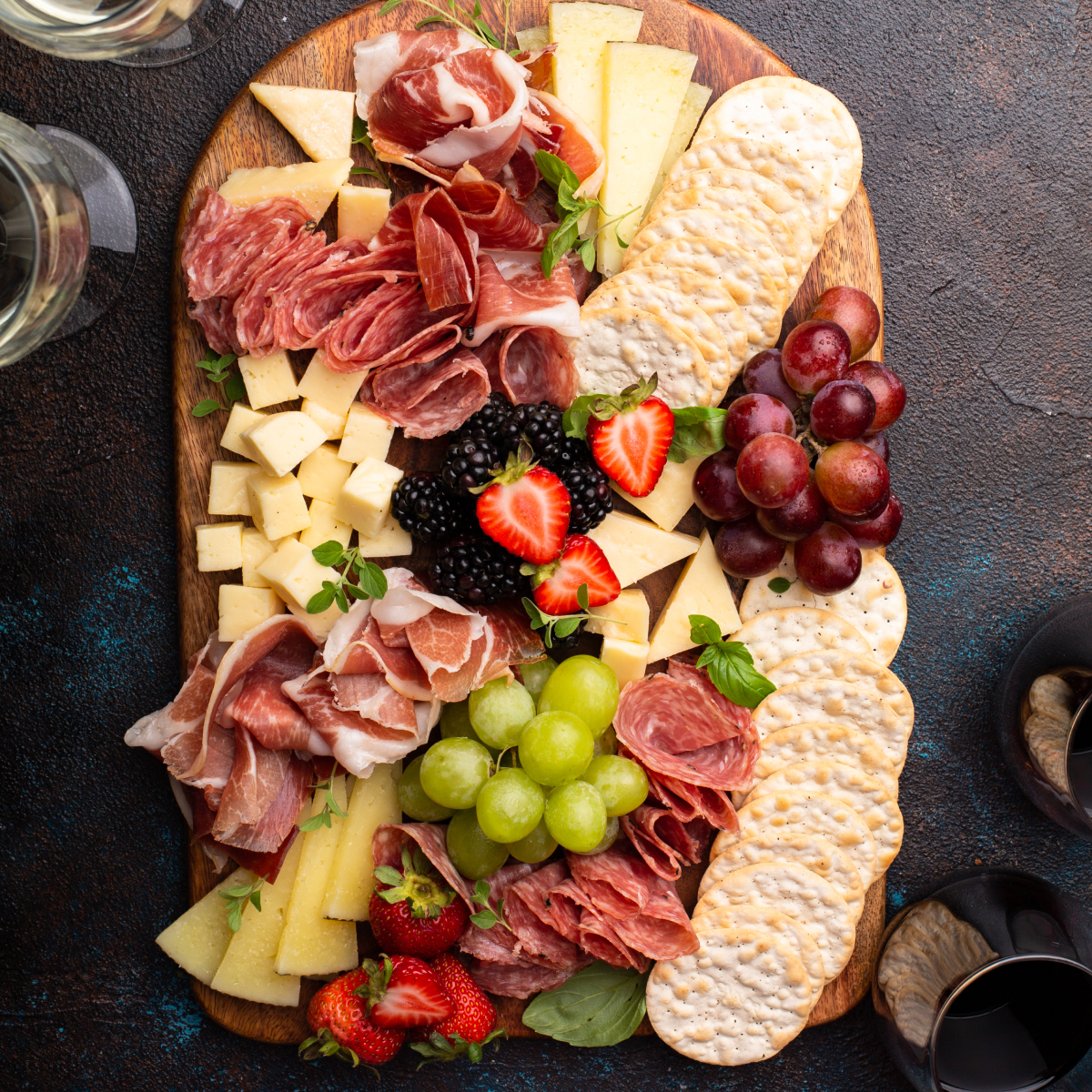
The best part? There are no strict rules. You can make it as rustic or as refined as you like. With the right mix of colors, textures, and flavors, you can create a board that feels straight out of a magazine spread—without the stress.
Jump to:
What Exactly Is Charcuterie?
Traditionally, “charcuterie” refers to prepared meats like salami, prosciutto, pâté, or other cured specialties. Over time, though, the term has broadened to describe the whole spread—meats, cheeses, crackers, fruit, nuts, and all the fun extras that make it exciting. These days, it’s as much about artistry and abundance as it is about what’s actually on the board.
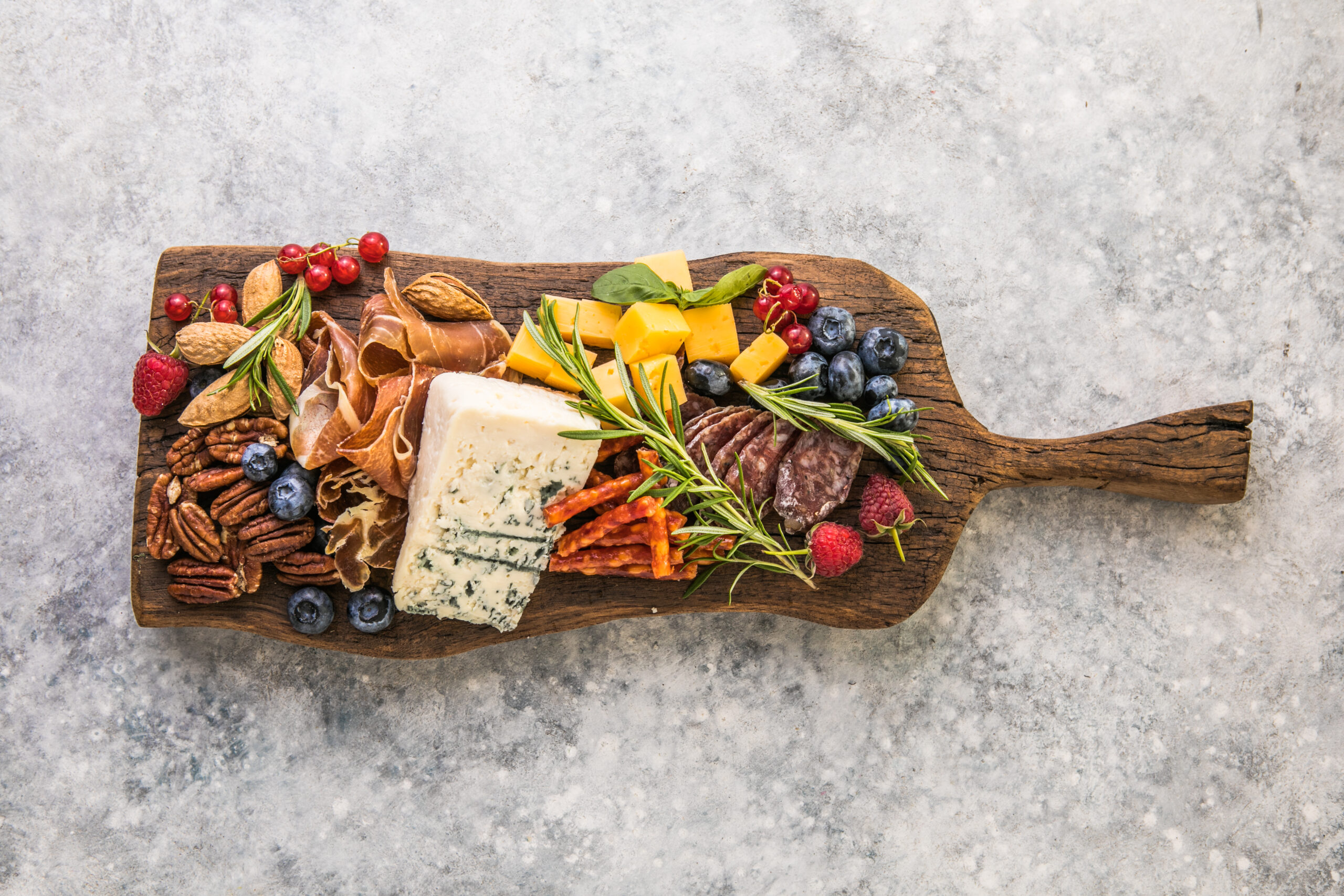
Step-by-Step Guide
Step 1: Choose Your Base
Start with a large wooden cutting board, slate board, marble slab, or even a baking sheet if that’s what you have on hand. The surface sets the tone, so pick something that matches the vibe you’re going for. Rustic wood feels cozy and inviting, while marble feels elegant and polished.

Step 2: Pick Your Meats
A well-rounded charcuterie board usually has a variety of flavors and textures:
- Salami – Classic and crowd-pleasing
- Prosciutto – Thin, buttery, and delicate
- Soppressata or Chorizo – Adds a spiced, bold kick
- Pâté or Rillettes – Rich and spreadable for variety
Tip: Aim for 2–3 ounces of meat per person if the board is the main event.

Step 3: Select Your Cheeses
Cheese is where the board really shines. Think balance:
- Soft and creamy: Brie, Camembert, goat cheese
- Semi-soft: Havarti, fontina, gouda
- Firm: Cheddar, manchego, aged gouda
- Bold and blue: Gorgonzola, Roquefort, Stilton
A mix of 3–5 cheeses is usually perfect, depending on the size of your board. For visual appeal, choose different shapes—wheels, wedges, and cubes.
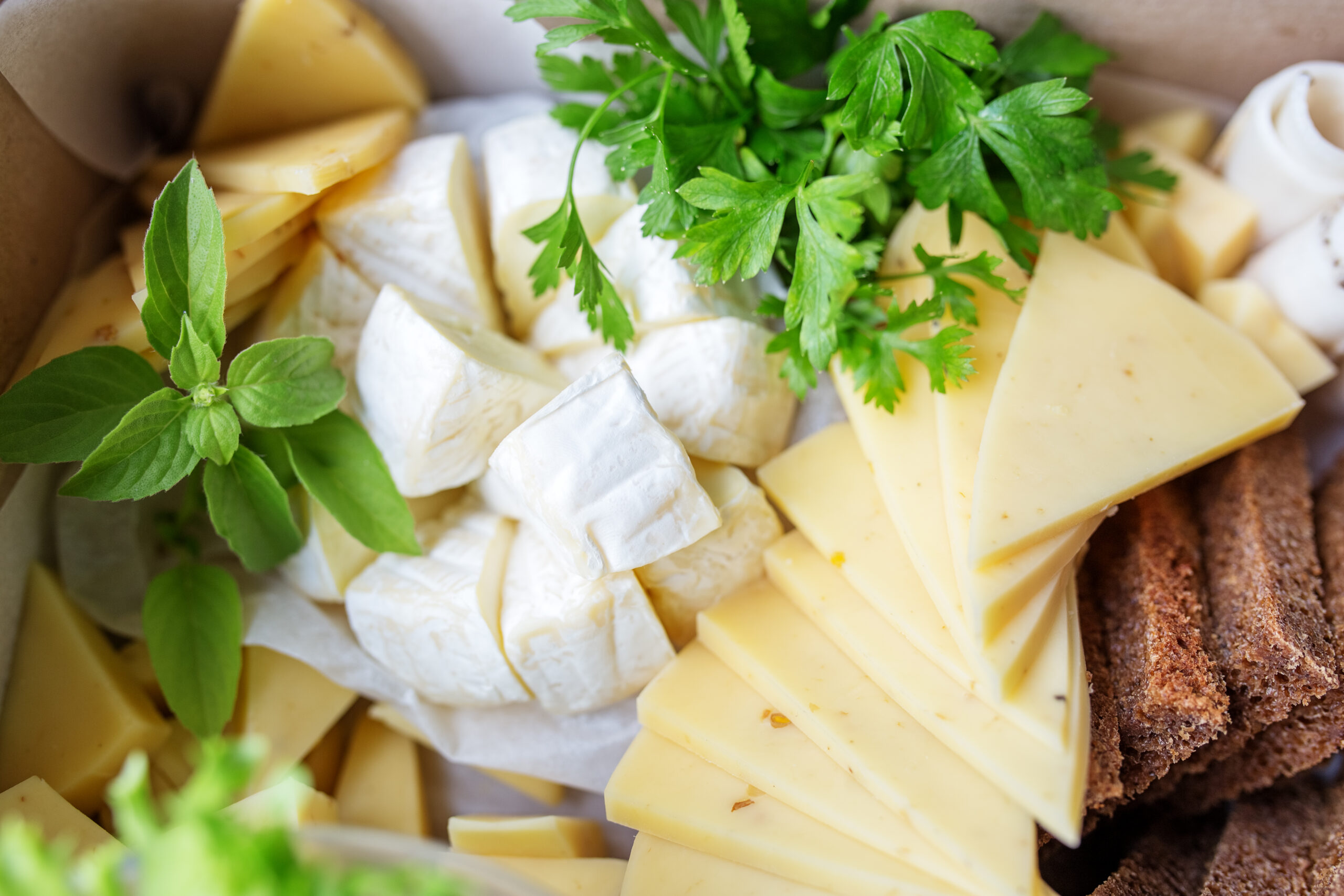
Step 4: Add the Crunch
Crackers and bread are the vehicles for all that cheesy, meaty goodness. Offer at least two different textures:
- Crispy crackers – plain or seeded
- Sliced baguette – toasted or fresh
- Breadsticks or flatbreads – for height and elegance
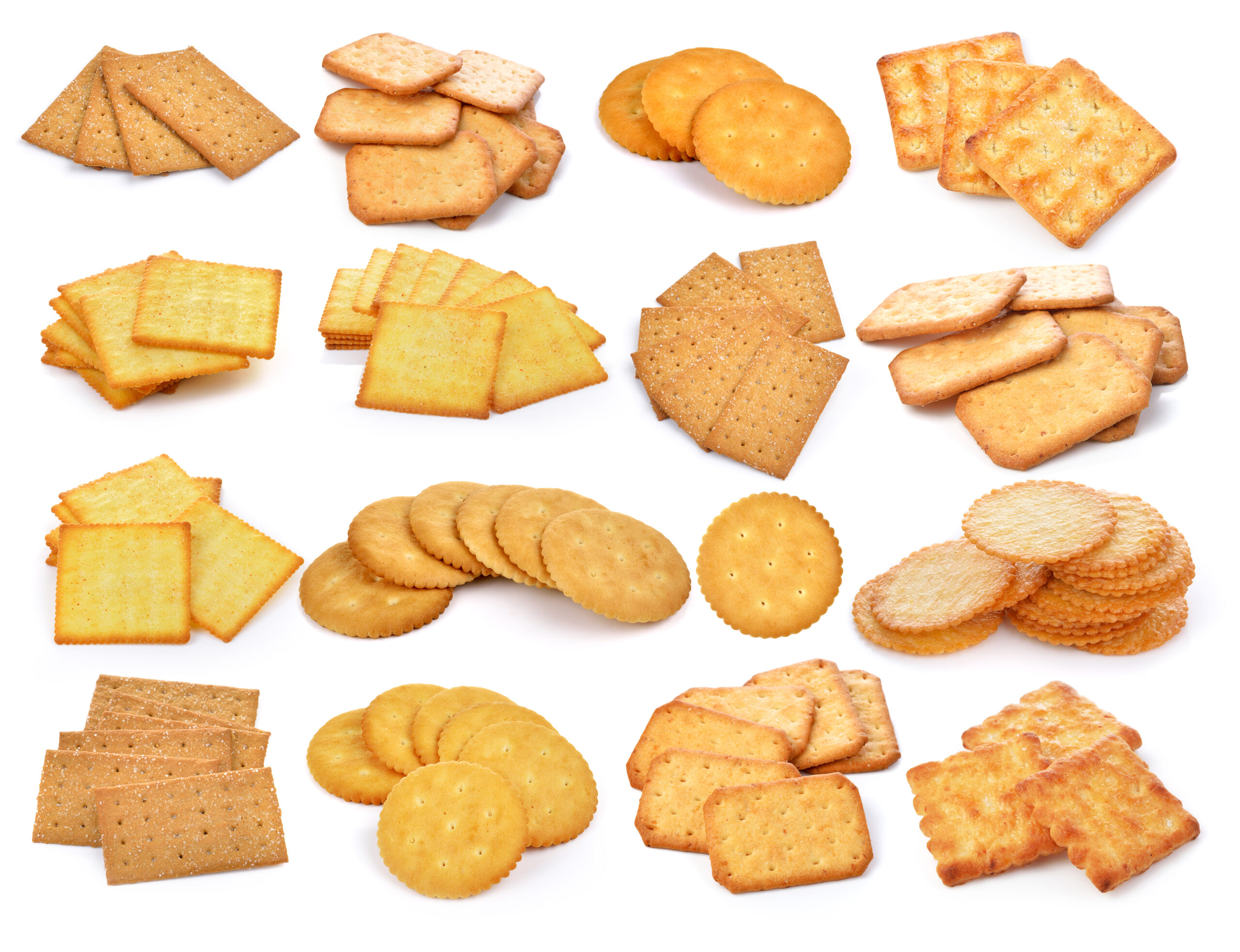
Step 5: Sweet & Savory Accents
This is where the board comes alive. Layer in pops of color and bursts of flavor:
- Fresh fruit: grapes, apple slices, figs, strawberries
- Dried fruit: apricots, cranberries, dates
- Nuts: almonds, cashews, walnuts, pistachios
- Olives & pickles: briny elements balance the richness
- Spreads & dips: honey, fig jam, grainy mustard, hummus
Pro tip: Place spreads in small bowls or ramekins to keep the board tidy.
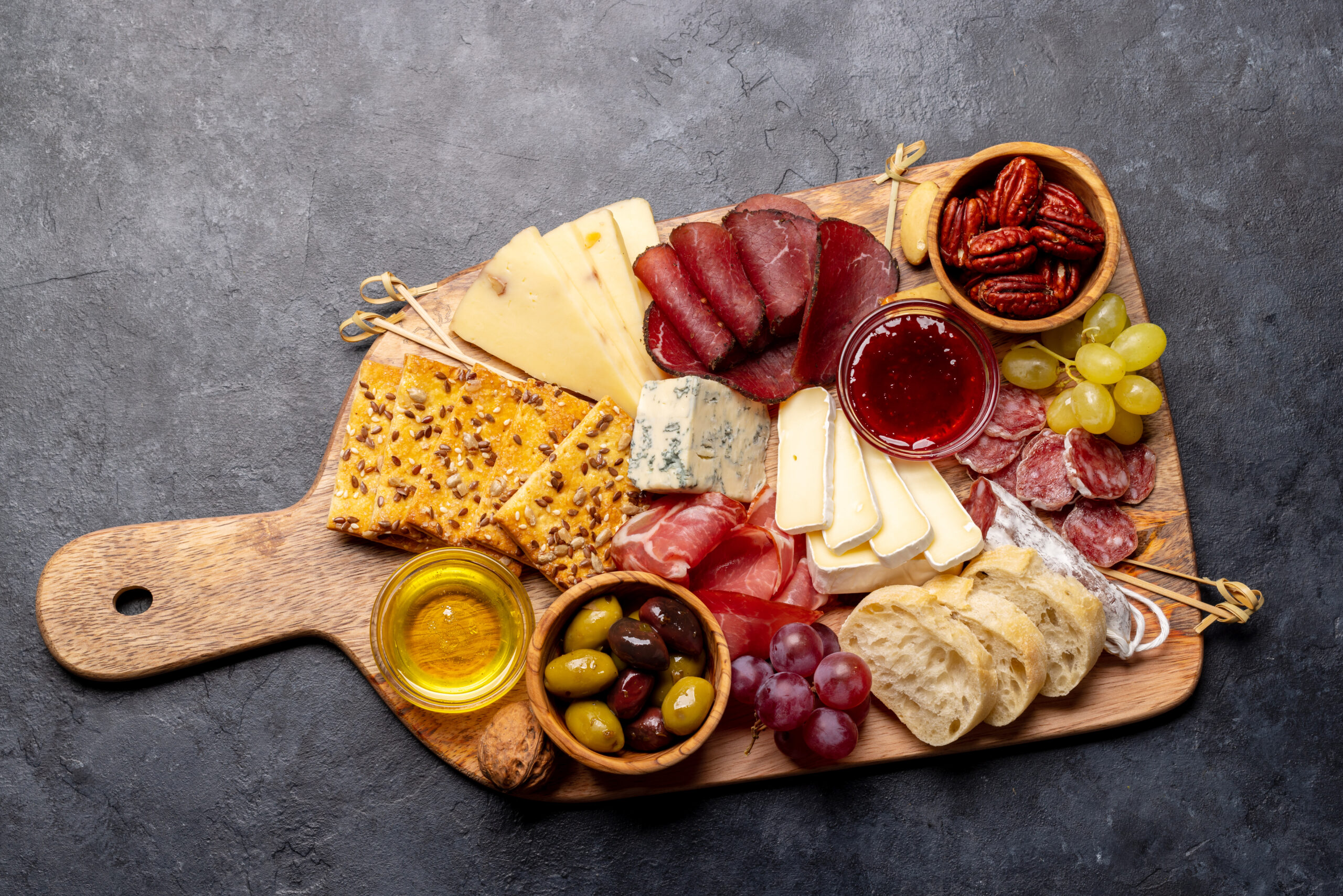
Step 6: Style It Like a Pro
The magic is in the presentation. A few easy tricks:
- Fan the meats – Fold salami into half-moons or quarters and layer them like petals.
- Cut some cheese in advance – Cubes and slices make it easier for guests to dive in.
- Cluster ingredients – Group items together instead of spreading them out randomly.
- Play with color – Alternate light and dark elements for visual balance.
- Fill every gap – A board should look abundant and full, not sparse.
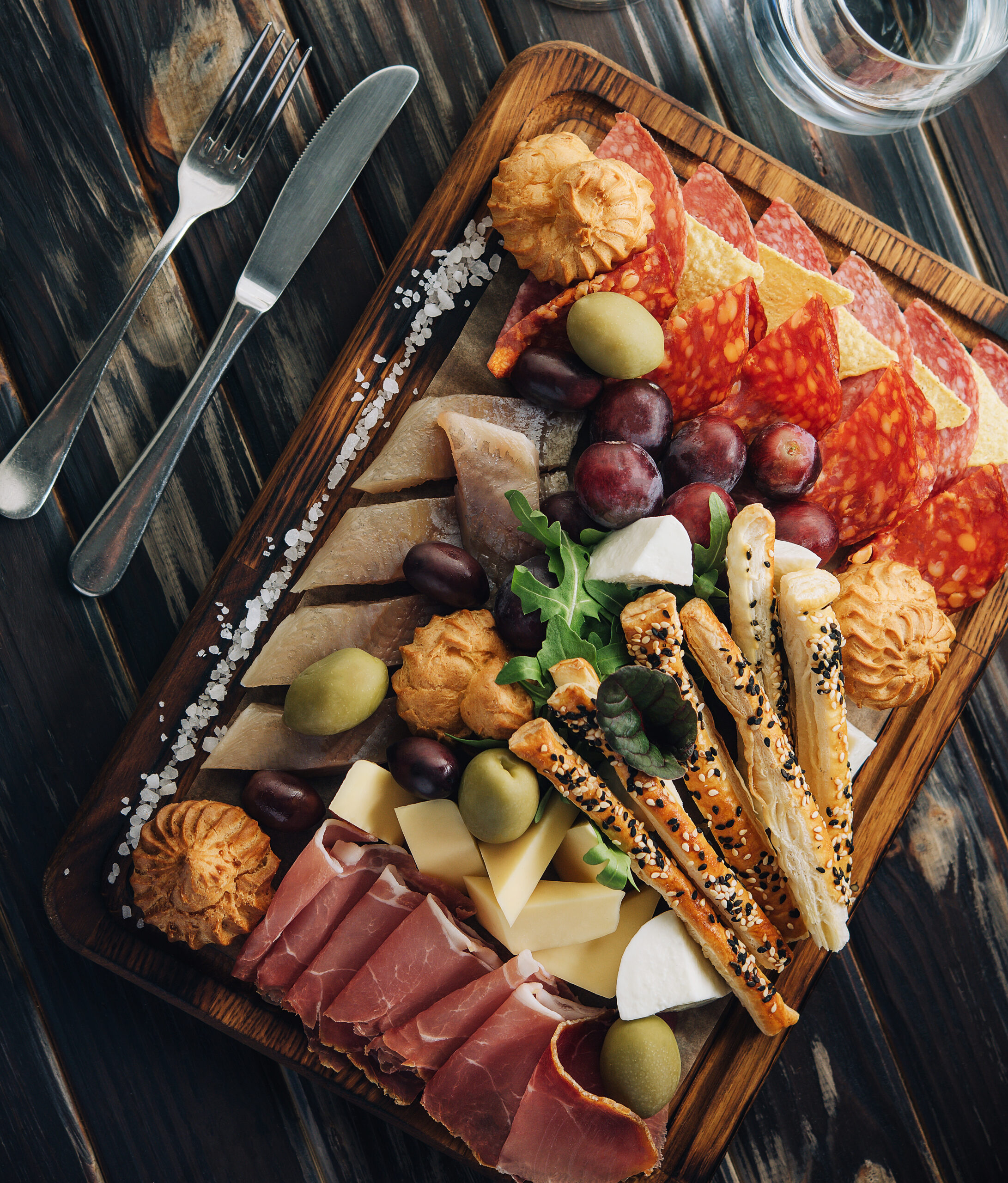
Step 7: Garnish for the Wow Factor
Fresh herbs like rosemary, thyme, or basil add a pop of green and fragrance. Edible flowers can also take your board from pretty to stunning. It’s all about those little finishing touches that make people stop and say, “Wow.”

Tips for Success
- Plan for portions: If it’s the main event, aim for 6–8 ounces of cheese and 4–6 ounces of meat per person.
- Mix temperatures: Serve some items chilled (like cheese) and some at room temp (like fruit).
- Seasonal themes: Use summer berries and stone fruit in warmer months, or pears, cranberries, and candied pecans for a fall board.
- Diet-friendly swaps: Include plant-based cheese, gluten-free crackers, or veggie slices for dipping if you have guests with dietary needs.
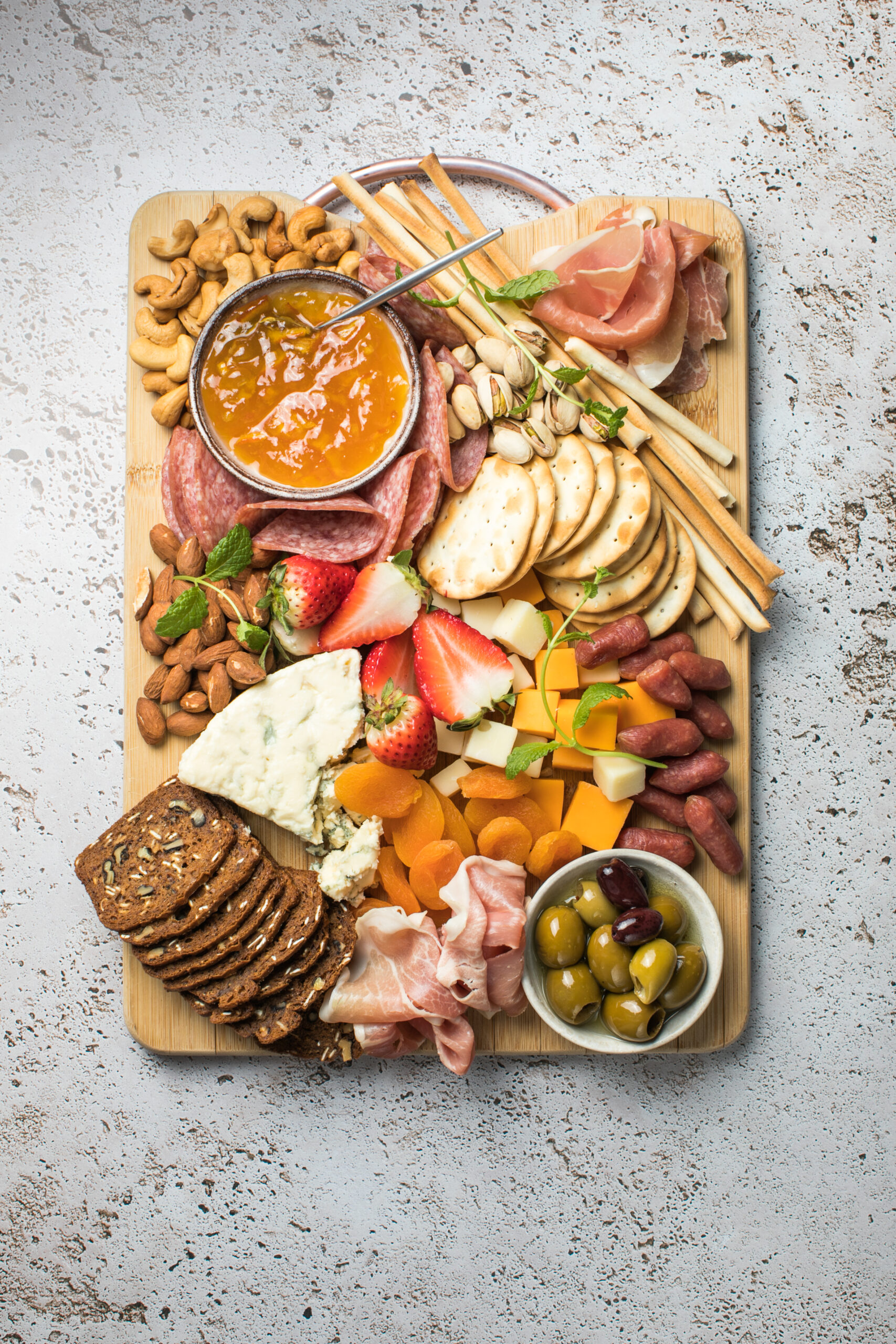
Final Thoughts
Building a gorgeous charcuterie board is less about following rules and more about creating something that feels inviting and delicious. Think of it as edible art—you’re painting with cheese, meat, fruit, and color. With just a little thought and layering, you can turn even the simplest ingredients into something that feels festive and generous.
The beauty of charcuterie is that it’s endlessly customizable. Once you make one, you’ll find yourself wanting to create them for every gathering, big or small. And when your guests take that first bite of creamy cheese paired with salty prosciutto and a drizzle of honey, you’ll know you’ve nailed it.


The Ultimate Charcuterie Board
Ingredients
Equipment
Method
- Select ingredients and have fun building your board!
Pin to Pinterest

Related
Looking for other recipes like this? Try these:

